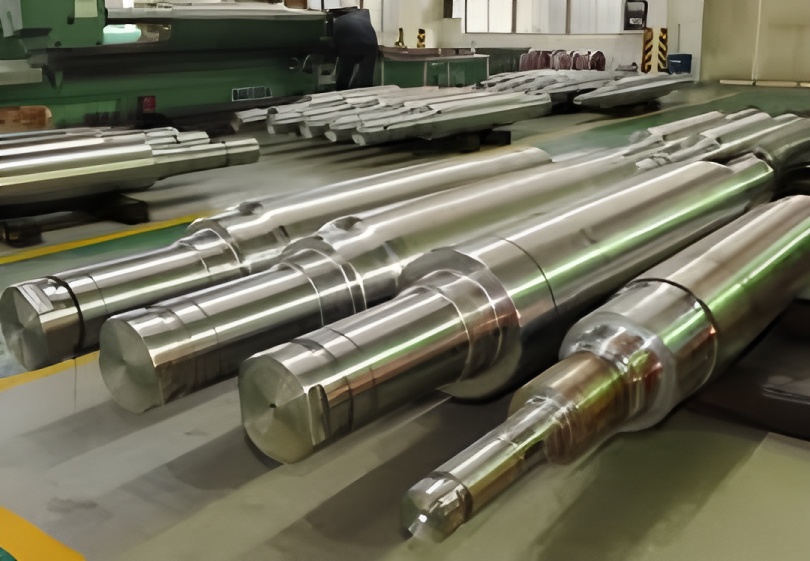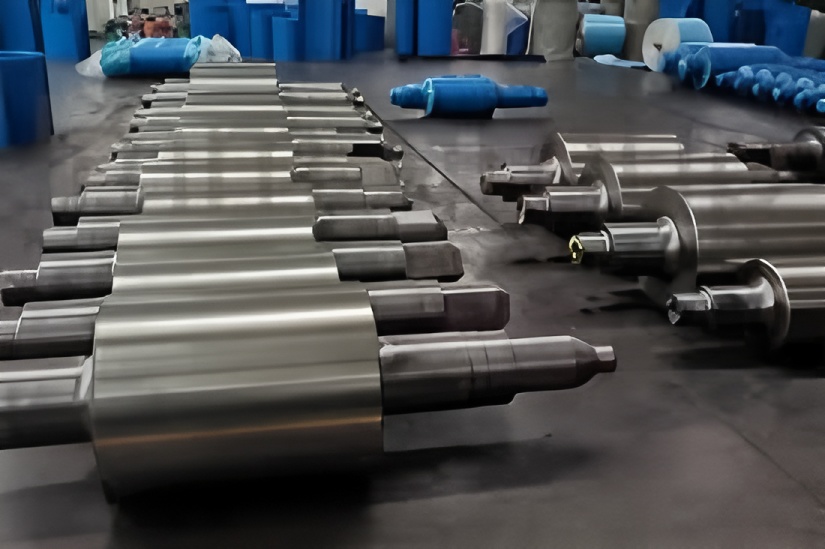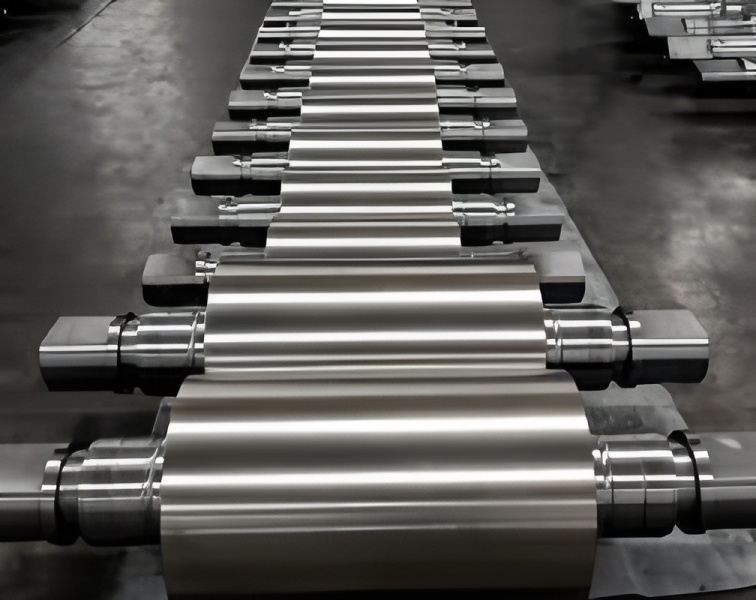Advantages of Hot Rolling
Fast forming speed and high output: The hot rolling process employs continuous, automated production methods, enabling rapid steel forming and high production efficiency.
No damage to the coating: The surface coating of the steel remains largely intact during hot rolling, preserving superior surface quality.
Versatile cross-sectional forms: Hot rolling can accommodate diverse cross-sectional requirements, producing steel in various shapes to meet a wide range of applications.
Reduced energy consumption and costs: The high plasticity and low deformation resistance of metals during hot rolling significantly lower energy consumption for deformation.
Improved processing performance: Hot rolling refines coarse grains in the as-cast state, reduces or eliminates casting defects, and enhances the processing properties of metals and alloys.

Disadvantages of Hot Rolling
Residual stress in the cross-section: Internal residual stress may develop in steel during hot rolling, affecting its overall and local buckling characteristics.
Poor torsional resistance: Hot-rolled steel typically features open sections with low free torsional stiffness, making it prone to twisting under bending forces.
Weak capacity for localized concentrated loads: The thin walls of hot-rolled steel, combined with lack of thickening at plate junctions, limit its ability to withstand concentrated loads.
Difficulty in thickness control: Hot-rolled products exhibit relatively poor thickness control accuracy and a rougher surface compared to cold-rolled products.
Non-uniform structure and performance: Hot rolling cannot precisely control the mechanical properties of the product, resulting in inconsistent microstructure and performance.
Advantages of Cold Rolling
Fast forming speed and high output: Cold rolling also offers high-speed forming and efficient production.
No damage to the coating: The surface coating remains undamaged during cold rolling.
Versatile cross-sectional forms: Cold rolling can produce steel in various cross-sectional shapes.
Increased yield strength: Cold rolling induces significant plastic deformation, enhancing the yield strength of the steel.
Superior surface quality: Cold-rolled steel plates exhibit better surface quality, appearance, and dimensional accuracy than hot-rolled plates.
Disadvantages of Cold Rolling
Residual stress: Internal residual stress may also occur in steel during cold rolling.
Poor torsional resistance: Cold-rolled steel sections, often open-shaped, have low torsional stiffness and perform poorly under torsion.
Weak capacity for localized concentrated loads: The thin walls of cold-rolled steel limit its ability to withstand concentrated loads.

Conclusion
Both hot rolling and cold rolling have distinct advantages and disadvantages. The choice of processing method depends primarily on specific usage requirements and conditions. HANI offers advanced solutions for both processes, ensuring optimal performance and quality.


